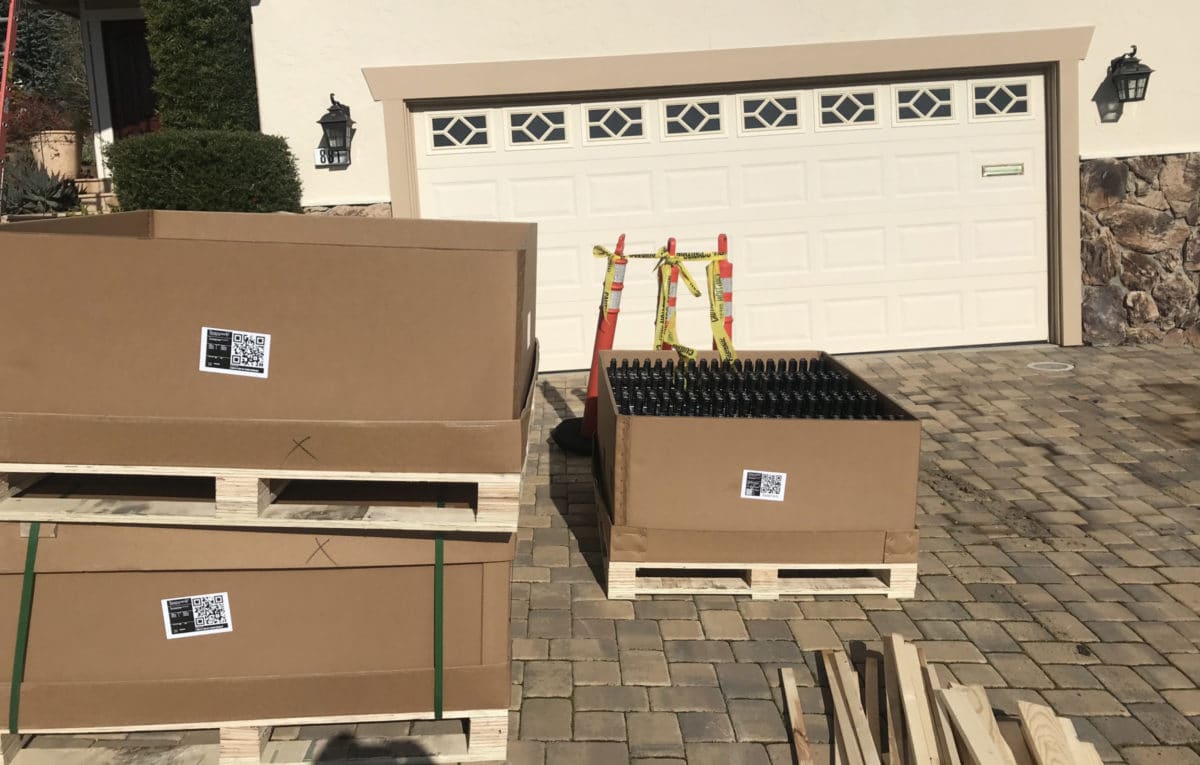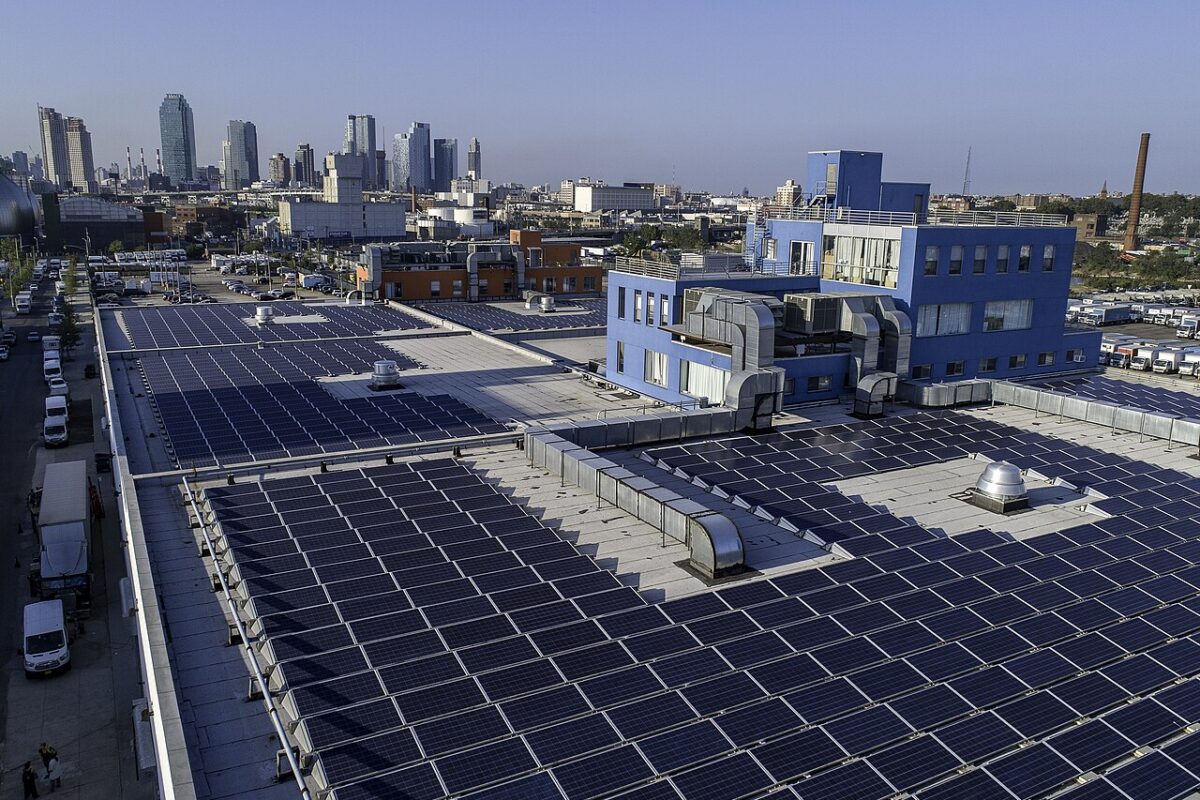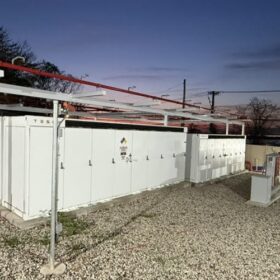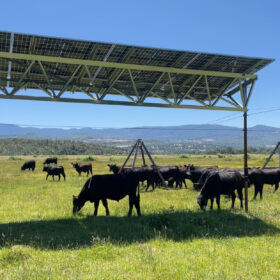In a typical scenario, the sale of PV equipment flows from manufacturers, to distributors, to contractors. After that, it’s installed in arrays that perform at anticipated levels until equipment has reached its end-of-life and is ready for recycling.
But, while typical, this is not how the process always works out.
More often, there are cases where quality materials fall through the cracks of the traditional supply chain. Project delays or cancellations, changes in electrical code and project left-overs all contribute to unused equipment with no immediate plan for reinstatement.
Some unused equipment may eventually end up in new project plans. But in the meantime, solar companies need to assess the financial risk and cost of holding inventory. The longer inventory is stored, the more it costs for warehousing expenses, any interest owed on borrowed money, and depreciation. There are also the risks of technology obsolescence and falling prices.
The secondary market helps to redistribute such material.
“I’ve seen numerous instances where industry prices have fallen to the point where the company holding the inventory is taking a significant hit financially,” shared president at Surplus Solar Products. Matt Creamer.
Manufacturers and distributors are particularly keen on this issue. They move to push material out into the market and continuously work to improve their inventory turnover rates. If they have miscellaneous stock, such as batch-run leftovers or discontinued models, they are quick to mark them on clearance. They’ll use any sales channel at their disposal to move the old out and make room for the new.
The secondary market – an alternative for unused PV equipment
Solar companies of any size and makeup have the option to list equipment for sale in the secondary market. In addition, any company can access the secondary market as an alternative way to procure material and verify pricing.
“Some 95% of equipment we see listed for sale, which surpassed 5 million parts last year alone, is new and with warranty,” reports Renee Kuehl, director of sales & marketing at EnergyBin, a B2B exchange for wholesale solar equipment.
Connecting to buyers through an online exchange in the secondary market broadens a company’s customer funnel. It also creates an industry-wide network where companies can buy and sell equipment from each other to meet their customer needs.
For example, when a distributor employs alternative sales channels in the secondary market, they are now exposed to customers beyond their geographic region. They may even sell to other distributors who are looking for parts they have in stock. They create a platform for moving legacy and miscellaneous stock that their primary customers have no need for. And they have a place to go when they need to obtain quotes for specialty orders requested by customers.
In contrast, a distributor who does not connect to the secondary market can only service customers in their geographic region. Those regional customers support the distributor with a limited number of orders. The distributor can only grow their business at the rate of their limited customer base growth.
Buying and selling PV equipment online
The secondary market, not confined by geographic borders, presents many opportunities for solar companies to buy and sell equipment online.
“We’ve found the secondary market exchange concept to work very well for distributors and suppliers to connect and move inventory,” explains Kuehl. “But it is also a viable option for developers, EPCs and installers as well, especially when they take on the role of brokering – that is, using secondary market resources to buy and sell equipment.”
For Matt Creamer, the secondary market set his business on a new course. He started out in the solar industry as a residential installer located in Long Island, New York. Noticing left-over parts from install jobs, he began to list them for sale online.
Within a few years, his side business turned into a full-time brokerage firm. Customers from throughout the United States, the Caribbean, Africa and South America place orders with his company.
“I feel like even the most unique [panel] model – one that hasn’t been in production for years – can be paired with a buyer. Someone out there will want to purchase it,” notes Creamer.
The sale of quality excess material is one way the secondary market captures some of the PV equipment that falls out of the primary market. Rather than such equipment going unused, it is redirected in a way that benefits the buyer, the seller and the industry. The buyer secures quality equipment to satisfy their renewable energy needs. The seller creates a new revenue stream. And the industry takes another step forward in advancing solar worldwide.
***
Melissa Schmid is the Marketing Communication Manager at EnergyBin where she oversees marketing initiatives for the growing wholesale solar B2B exchange. Melissa has published in the Social Responsibility Journal, the Journal of Business, Society, and Government and enerG Magazine.
The views and opinions expressed in this article are the author’s own, and do not necessarily reflect those held by pv magazine.
This content is protected by copyright and may not be reused. If you want to cooperate with us and would like to reuse some of our content, please contact: editors@pv-magazine.com.








I like how you said that an industry-wide network can be made through a secondary market where companies can buy and sell parts from one another through them. This sounds like a great way for a smaller company to get good parts that a bigger company would always use. Having a middle man that companies can sell their equipment too and then buy from as well sounds extremely useful to any market.